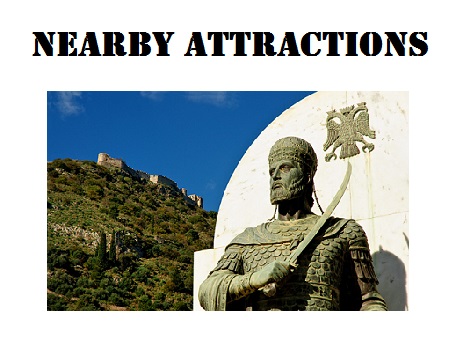| Mystras Archaeological sites: Mystras is set at the foot of mount Taygetos and features 4 centuries of Byzantine history. Take your time to walk along the cobbled streets through the ruins and re-live the country’s most fascinating historical period right up to the fall of Byzantium. Inside ancient Mystras you will come upon a few churches and a big monastery. The preserved frescos deserve attention. The combination of natural landscape, view and ruins is breath-taking. |
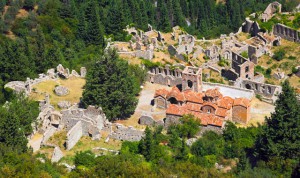 |
| Archaeological Museum of Sparta: A small museum set in beautiful and tranquil gardens in the middle of Sparta. Its exhibits cover a tremendously long period (Neolithic to late Roman age). If you are interested in artifacts belonging to the Spartans then this museum has some real gems. Of course, you will also get a chance to see the famous bust of Leonides, the Spartan general who fell with all his 300 men fighting the Persians in Thermopylae. |
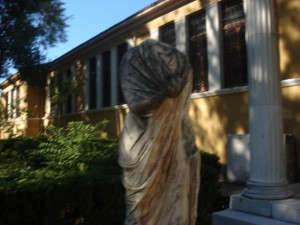 |
| “Koumantários” Art Gallery: admire oil paintings of prominent European artists of the 16th to the 20th century. |
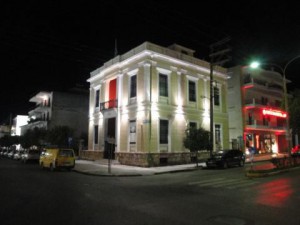 |
| Museum of the Olive and Greek Olive oil: get to know the culture and technology of a natural product that is inextricably connected with the Greek and Mediterranean identity. In the Museum of the Olive and Greek Olive Oil, unique of its kind in Greece, the various aspects of the olive tree and of olive oil, whether economic, applied or symbolic, from antiquity to the present, are being presented, along with the relevant oil-processing technology from the prehistoric times to the pre-industrial age. |
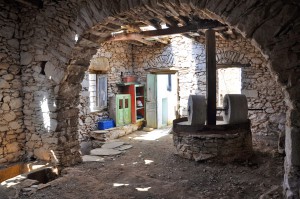 |
| Ancient Sparti: Located behind the town’s stadium, you can walk through the ancient ruins and visit the ‘Acropolis’ and ‘Theatre’. The whole area has an atmospheric aura and is surrounded by an olive garden with very old dramatically looking trees. Acropolis500m/550yd north of the Leonidaion in Sparti is the low acropolis hill, on the south side of which is the Hellenistic theater, rebuilt in Roman times, which had a movable stage building. On the summit of the hill are the foundations of a temple of Athena built by Gitiadas in the sixth century B.C. This was a timber-framed mud-brick building on a stone base, known as the Chalkioikos from its facing of bronze plates. To the east is the 10th century three-aisled basilica of Áyios Nikon, in which St Nikon was buried. |
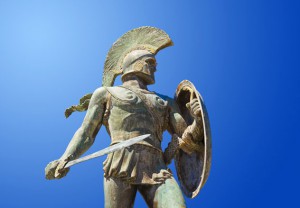 |
| Sanctuary of Artemis: Between the road to Trípoli and the Evrótas, just outside Sparta on right, is the sanctuary of Artemis Orthía. According to Pausanias the image was brought from Tauris by Iphigeneia and Orestes. In this sanctuary Spartan boys were flogged as part of their initiation into manhood. There was a sixth century temple (foundations preserved) built over an earlier eighth century structure, with altars for burnt offerings. During the Roman period tiers of seats were built round the sanctuary to accommodate spectators of the ritual flogging. |
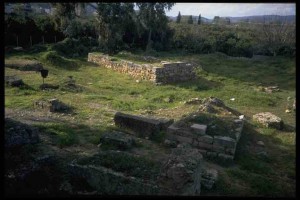 |
| Menelaion: To reach the Menelaion, leave Sparti on the Geráki road, which crosses the Evrótas; then in 4.5km/3mi turn into a footpath which runs past a chapel of the Profítis Ilías and up Mt Therapne (500m/1,640ft). On top of the hill are the remains of the Menelaion, a heroon built in honor of Menelaos in the fifth century B.C. It stands on the site of a complex of Mycenaean buildings, excavated in 1973, which it has been suggested was the palace of Menelaos. The temple contained votive offerings to Helen, which are on display in the Archeological Museum in Sparti. |
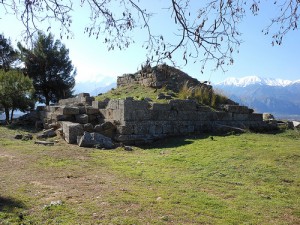 |
| Tripi: West of Sparti, in an altitude of 840m, amphitheatrically built lies Tripi, named(means hole) because it was thought to be a passage to Messinia. Visitors will drink cold water from the crystal sources of Karvasaras and Vasilo-neri, they will admire the byzantine churches of Agioi Theodori and the abandoned monastery of Saint-John. There is an environmental museum at Tripi. At the exit of the village you will find the cave-precipice of Keadas, which is 50m long and according to the records Spartans threw their enemies and their convicts in there. Human bones have been found in Keadas and this verifies the records. Visit the gorge of Lagada and the tunnel between Kalamata and Sparti, built during the 19th century so as the two towns to communicate. |
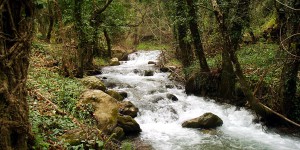 |
For more information regarding tourist attractions, festivals, events and entertainment, please visit our town’s official website
